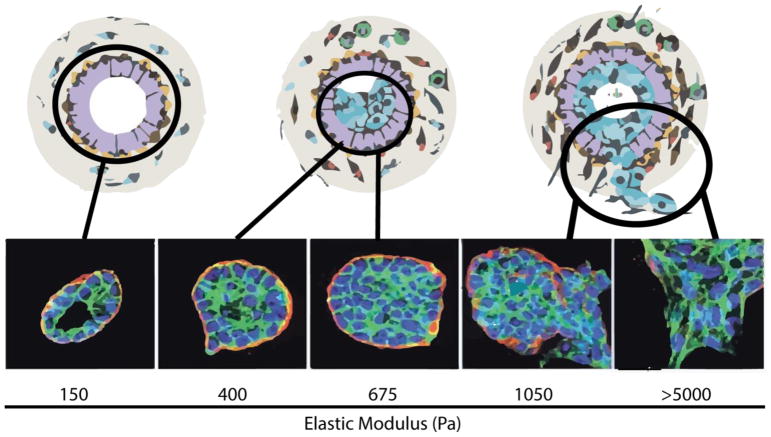Figure 1. Polarity depends on a delicate balance of physical forces.
Increasing ECM stiffness causes the loss of apical basolateral polarity. Schematic depicting the effects of increasing mechanical stress on mammary epithelial cells. Chronic exposure to physical forces compromises the ductal structure and is accompanied by the loss of epithelial polarity. These effects are clearly observable with non-malignant MCF10A cell colonies cultured on a reconstituted basement membrane functionalized polyacrylamide gel surfaces of increasing stiffness (150–5,000 Pa). MCF10A cells cultured on surfaces with a biomimetic ECM stiffness similar to that measured in the normal murine mammary gland (150 Pa) form polarized acini organoids which model the terminal ductal lobular units of a differentiated breast. MCF10A organoids synthesize and localize an endogenous laminin 5 basement membrane (red) to the basolateral surface of the acini. These elastically tuned epithelial acini organoid models demonstrate that stiffening of the basement membrane causes a degeneration of polarity, breakdown of luminal structures, stable cell-cell junctions, and loss of the endogenous laminin 5 basement membrane. Nuclei (blue), F-Actin (green), and laminin 5 (red).

